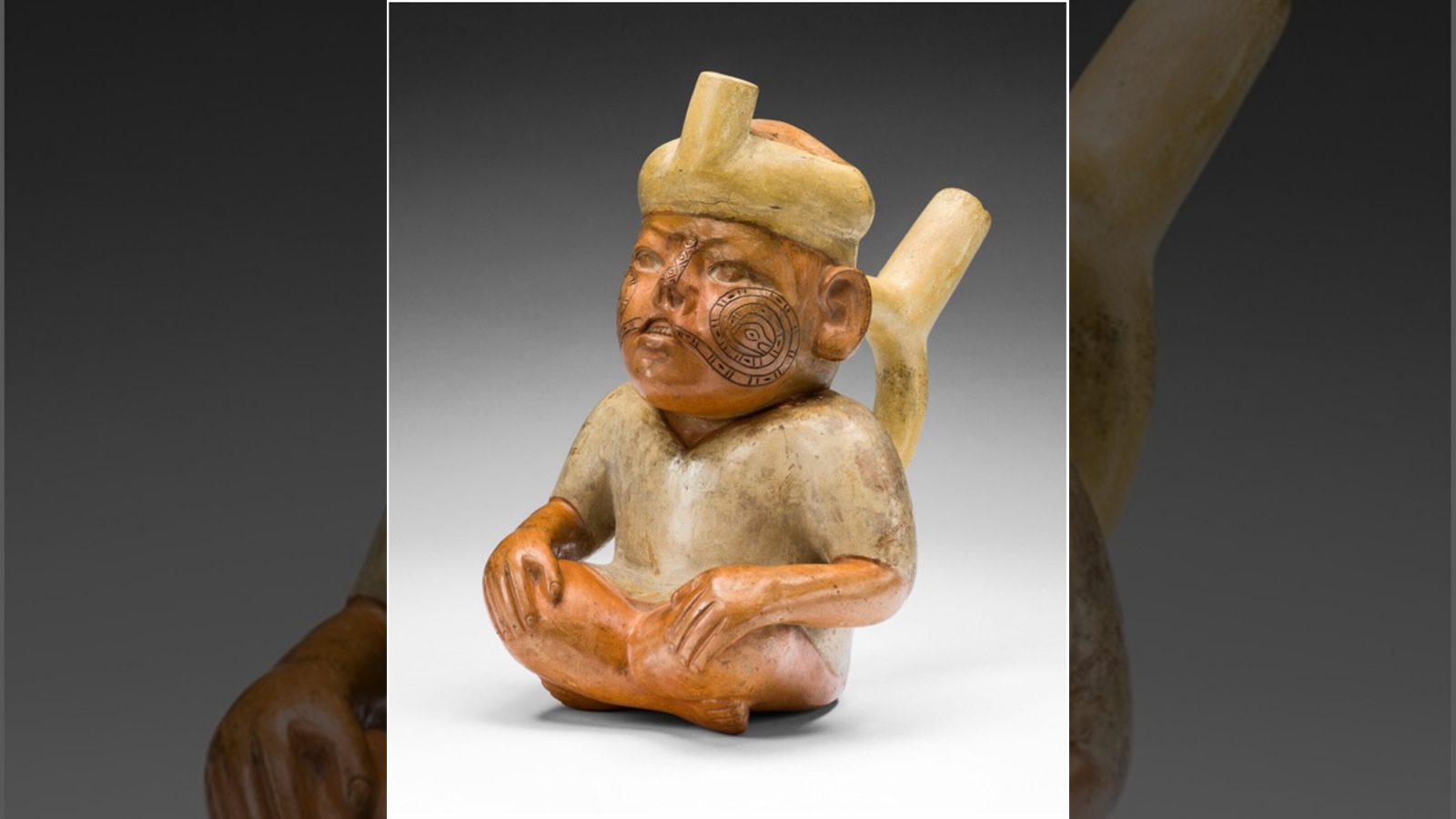3-D Models Promise Better Bone Healing
LOS ANGELES – Bone breaks often continue to limit movement after they heal, because the body repairs bones in ways that change the shape of joints. According to work presented here at the SIGGRAPH computer graphics and computer animation conference, 3-D modeling soon could make those residual effects a thing of the past, radically personalizing and improving the recovery process for everyone from elderly citizens hurt in falls to athletes injured on the field.
By creating a 3-D model of the injured bones and ligaments in a computer, doctors could test how different healing patterns change the movement of a joint. Based on that assessment, the doctors could create custom casts that encourage bones to heal with a wide range of movement; re-break a healed fracture to heal in a more useful way; or plan surgeries that could restore movement more quickly and cheaply than current methods, said Cindy Grimm, an associate professor of computer science and engineering at Washington University in St. Louis.
“If you build a model of the bone and how the bone used to work, you can ask specific questions about restoring mobility,” Grimm told TechNewsDaily..
The idea of using 3-D modeling for planning the treatment of fractures grew out of the current use of 3-D imaging to plan anti-tumor radiation therapy, Grimm said. The development of CAT scan and MRI imaging for tumors has made creating three-dimensional images of bones rather easy. But tumors don’t move; the challenge for planning fracture treatment is greater, and the software for modeling the kinematics of the joint remains a few years away, she said.
In addition to helping people who have broken a bone, 3-D modeling could help those at high risk of doing so in the future. For instance, people with diabetes face bone deterioration that often leads to painful, debilitating breaks. By modeling the bone degradation, doctors could predict when and how a bone might break and perform constructive surgery to prevent it, Grimm said.
The technology also could help doctors and physical therapists develop more-accurate models of how the body works. Medical textbooks present only a simplified version of how limbs operate, Grimm said, and doctors still have a rudimentary understanding of how all the ligaments, cartilage, bones and tissues of the body dynamically interact.
“We should be able to get to the point where we won’t have to guess what happens when we give someone a therapy,” Grimm said.
Get the world’s most fascinating discoveries delivered straight to your inbox.
“We have the data, we have the computing power; we’re almost there.”


